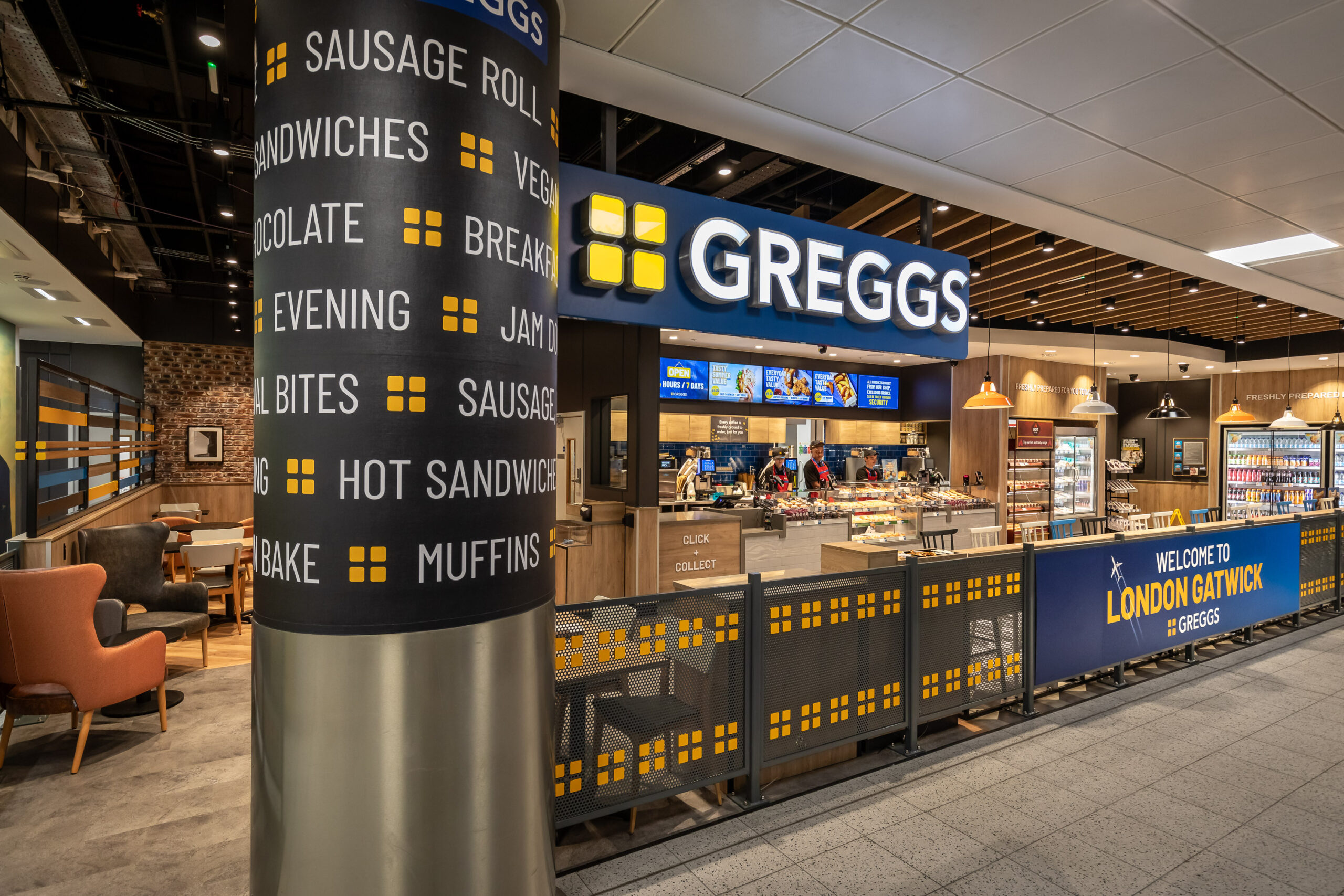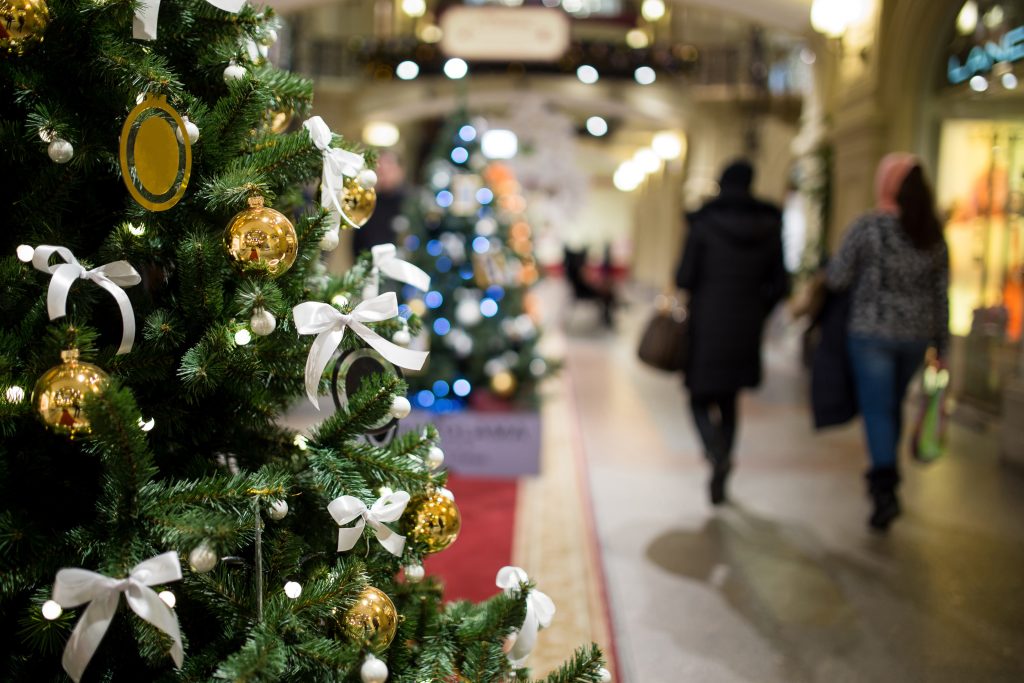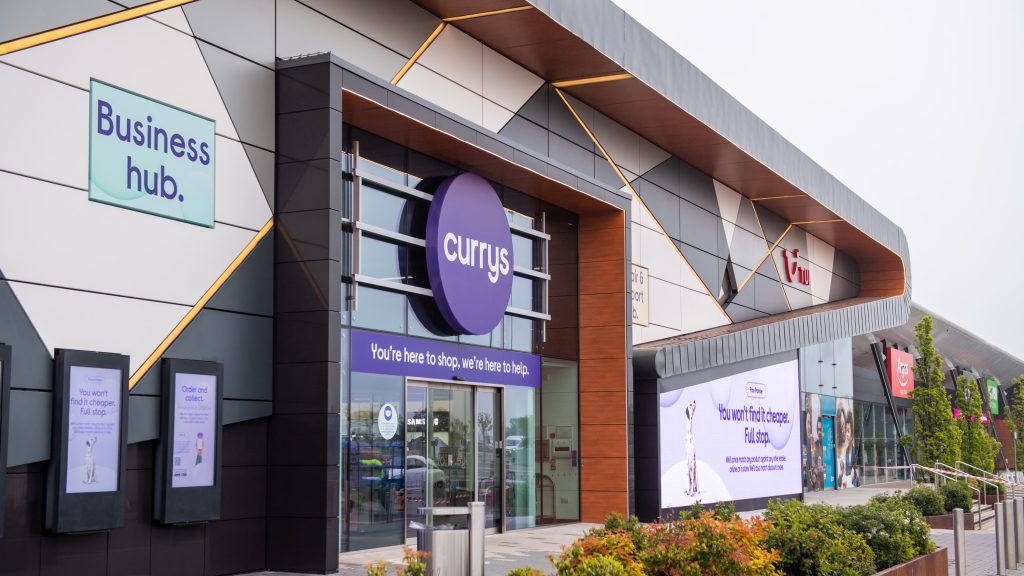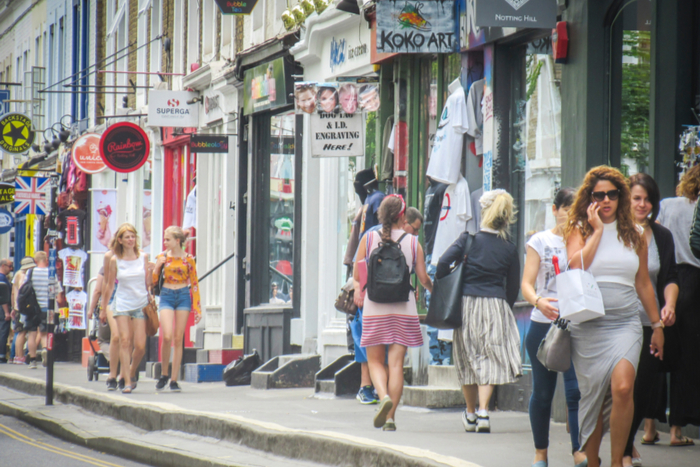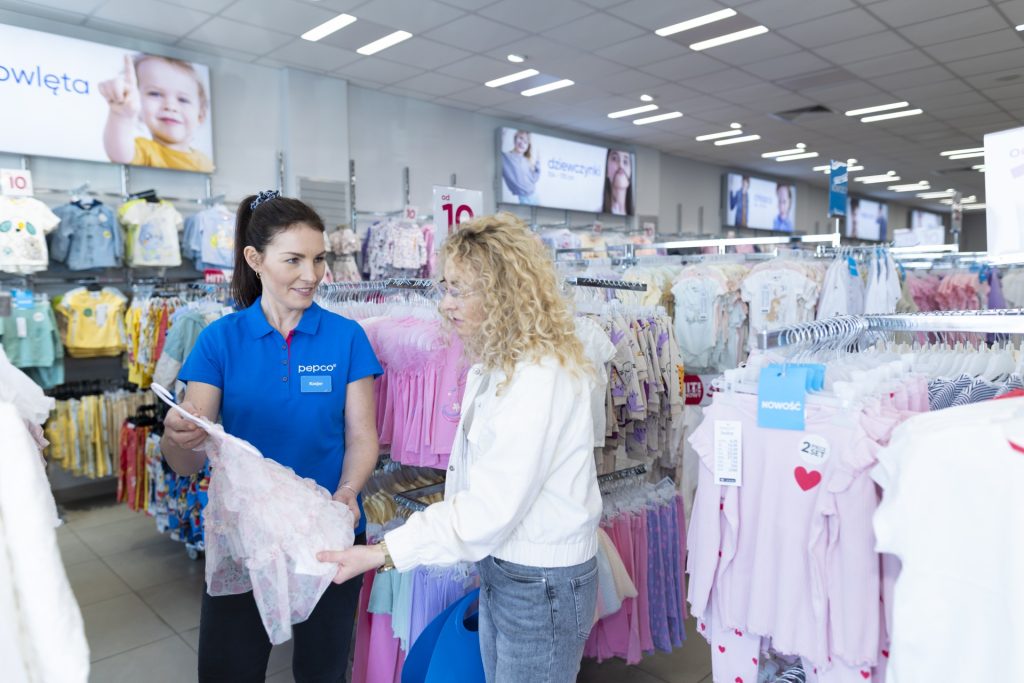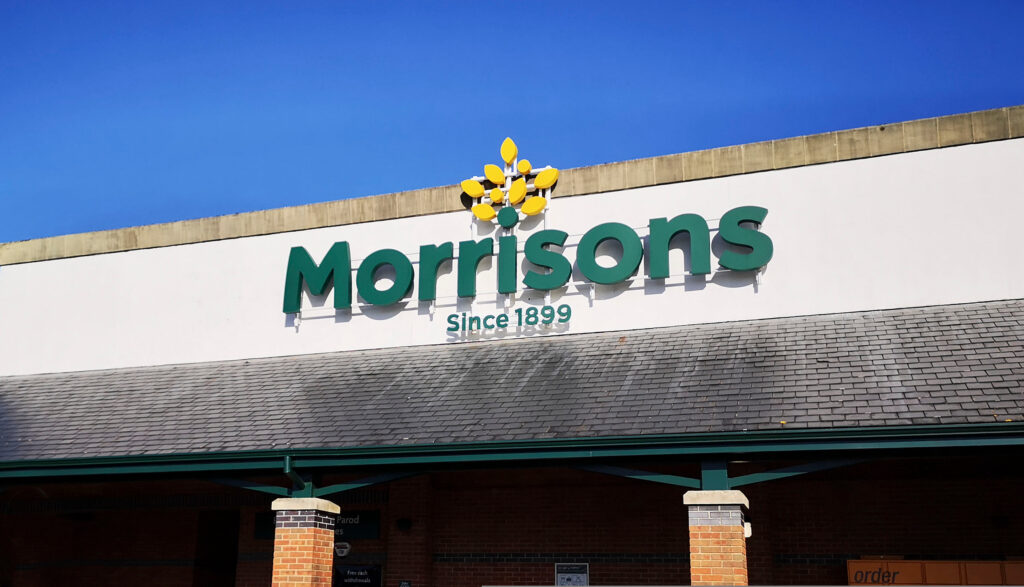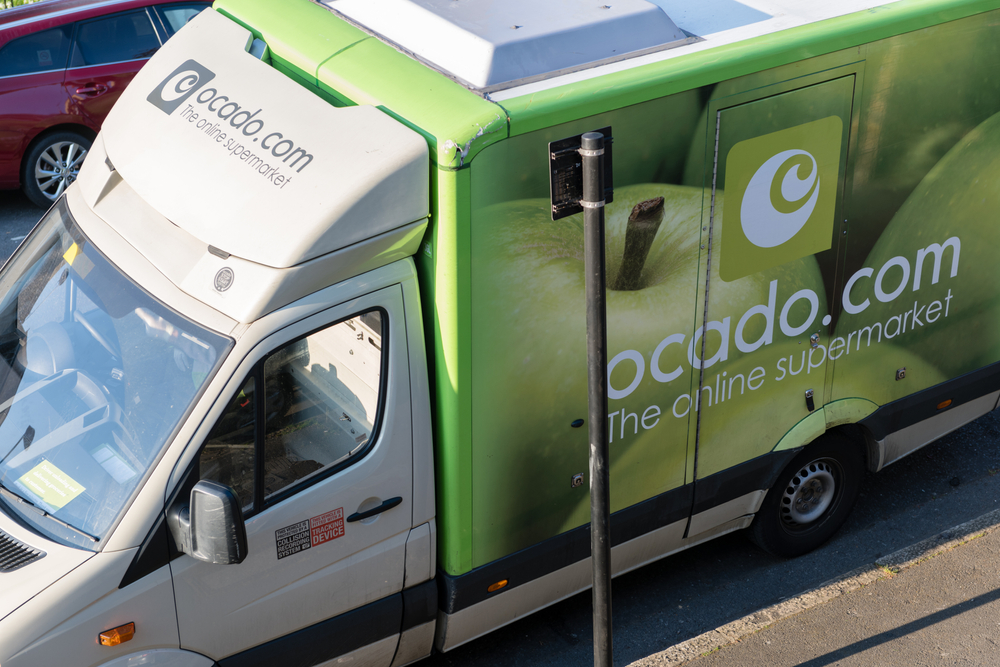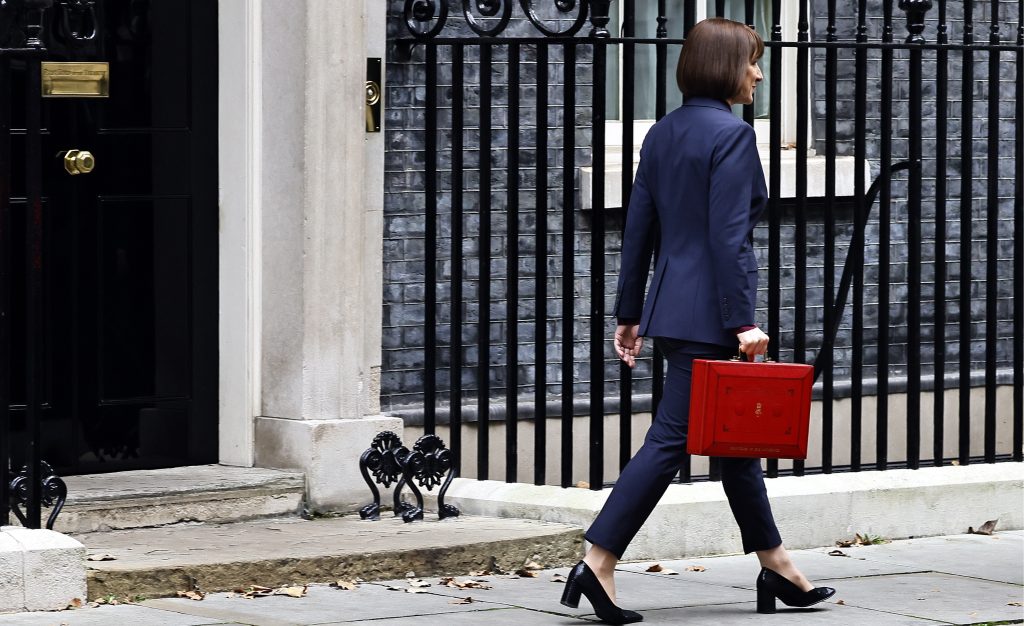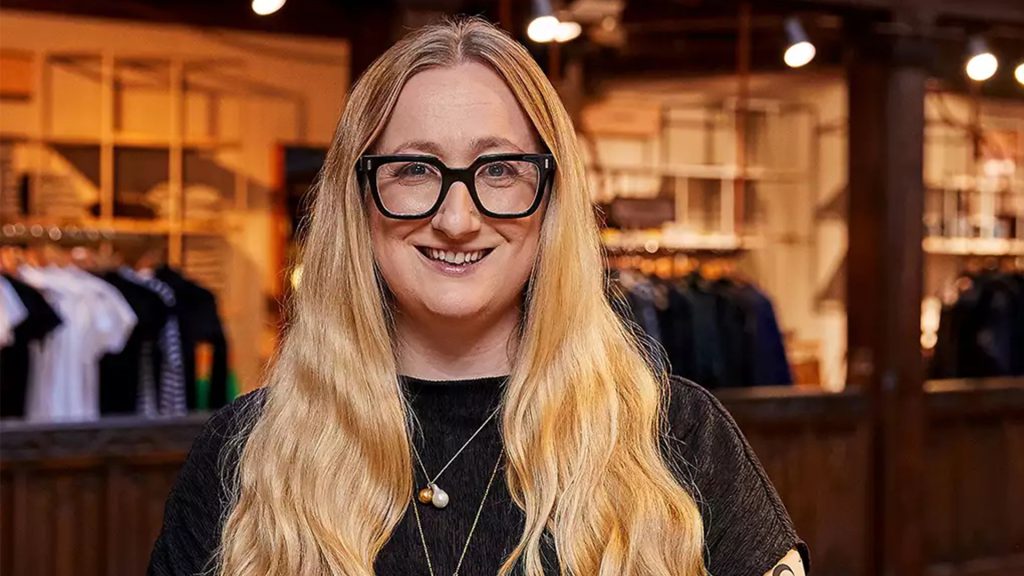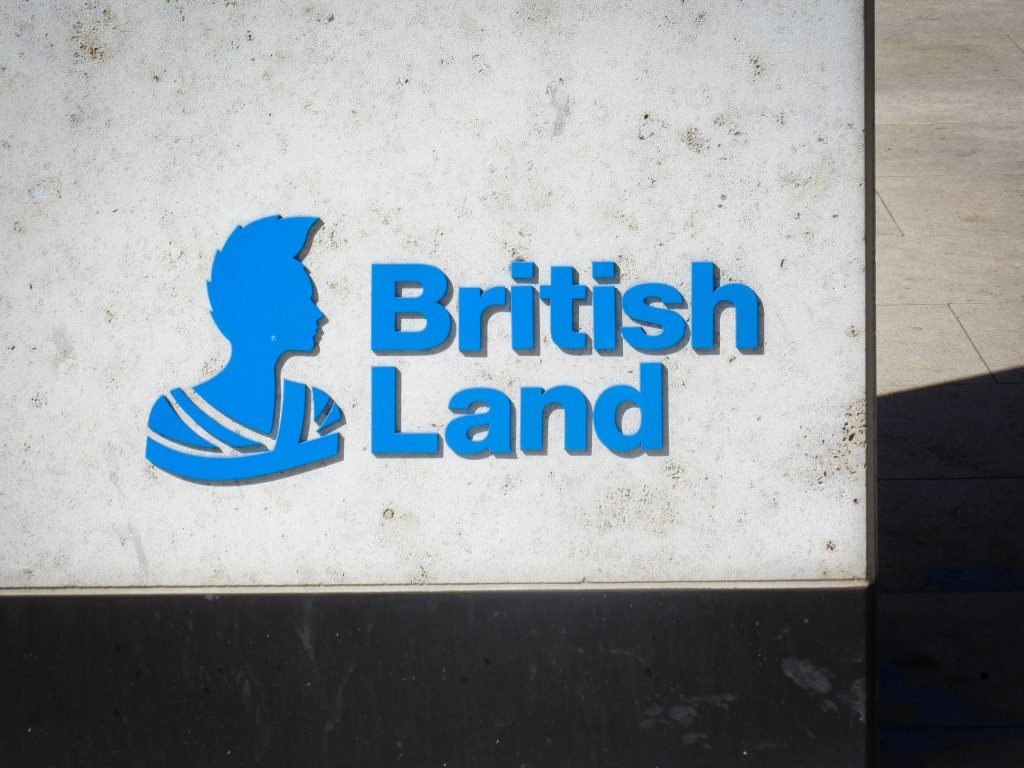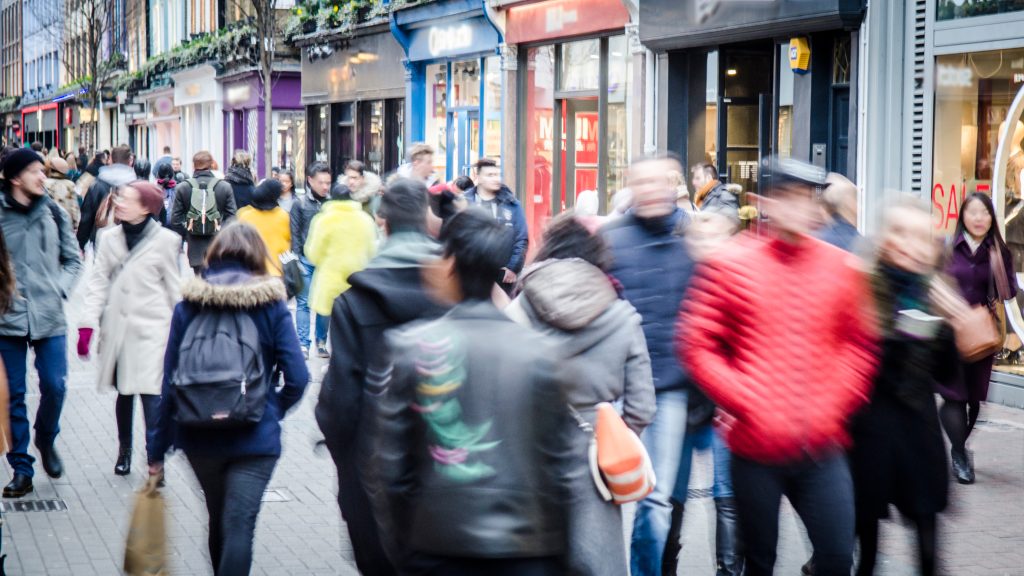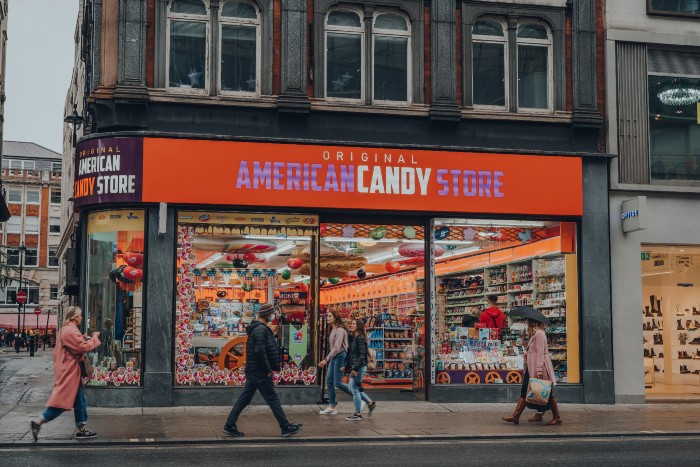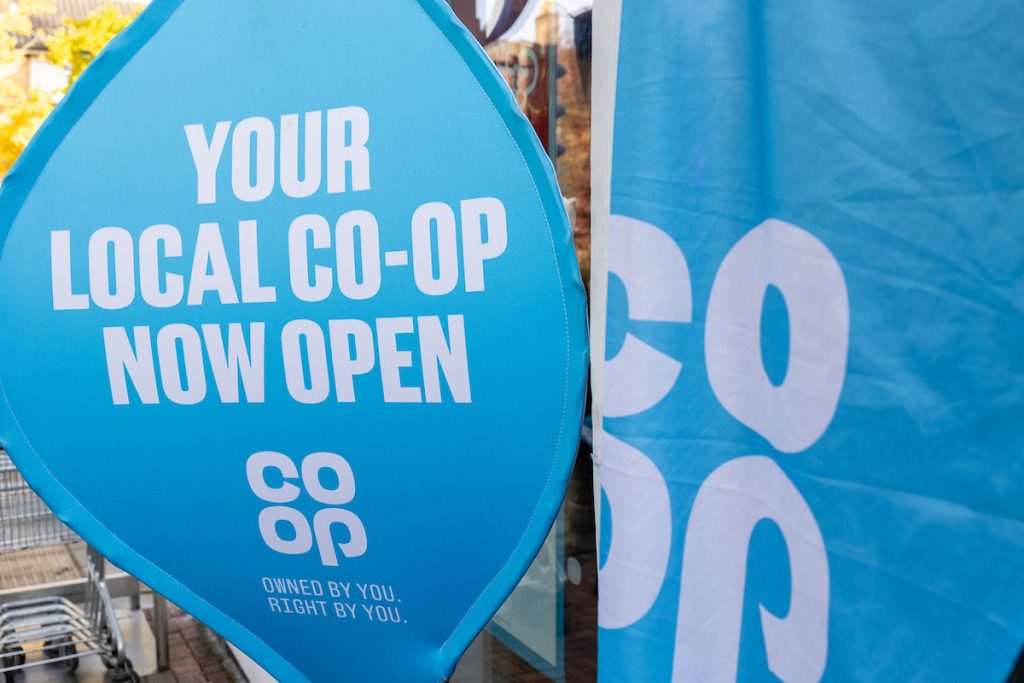No-one is a stranger to a pop-up store. You‘ll find them on the high street, in shopping centres, train stations, even bars or pubs; in just about any open space where there is a high volume of people passing through. But why the growing popularity?
Whilst there are no doubt countless explanations for each and every pop-up shop across the country, the answer lies in three relatively simple answers. Brands will open a pop-up to respond to a specific sales opportunity, to test and learn or to create an immersive brand experience.
- Sales driven pop-ups – usually centred around seasonal or themed events
The H.Samuel and Ernest Jones Valentine‘s pop-up stores created by Haygarth, are great examples of sales driven pop-ups. In the lead up to Valentine‘s Day, Waterloo Station played host to H.Samuel‘s ‘Little store of Love‘ whilst Ernest Jones set up home in Paddington Station with its ‘Love Boutique‘. Both pop-ups were appealing to commuters who had time to spare while waiting for their trains, capitalising on Valentine‘s Day as a gifting occasion. Enjoying such a busy environment, the H.Samuel and Ernest Jones stores were hugely successful in driving impulse sales, brand consideration and advocacy for any future purchases.
- Test Bed pop-ups – often used to trial a new location or concept
The test bed pop-up is often used by brands looking to open up a new store in a specific location or trial the interest in a new product or concept.
The restaurant and food business is a great example of how pop-ups can be used effectively as a test bed. Whether it‘s a new type of cuisine for a small start-up, or a new location for a well-known chain restaurant, pop-ups allow us to gauge if there is a real interest in the product and whether or not a permanent store would deliver profitable results. Some pop-up restaurants go on to be hugely successful and well established fixtures in their areas. Meatwagon originally a pop-up has gone on to be a roaring success, opening up two restaurants in London (MEATliquor) and it now boasts a cult following of meat lovers who rave about the restaurants.
The key with a test bed pop-up is to replicate your existing or planned store/concept as close to the physical likeness of the brand as possible – customers need to be able to identify the shop/restaurant again when they come back for future visits and you need an accurate indication of whether it is likely to go on to see success.
- Brand experience pop ups – frequently chosen to generate awareness
Touching, feeling or tasting a product can make all the difference to some consumers, especially if they have never done so before. Pop-up shops give the brand a certain licence of creativity and personality, whilst also allowing the brand to talk directly to the consumer.
Special K‘s ‘TheTweet Shop‘ was set up to test the new Special K‘s Cracker Crisps, marking a move into the savoury crisp market. Consumers were asked to tweet about the new crisp before being given one, which proved to be hugely successful in increasing footfall and raising brand awareness. Special K then used the tweets to get customer reaction to the retail space and more importantly feedback on the new product.
Of course brands want you to try their product, but pop-up shops are great vehicle for raising awareness and chatter about your brand. Haygarth have created for Gillette ‘The Best a Mo Can Get‘ pop-up shop on Carnaby Street, in order to raise awareness of their partnership with Prostate Cancer and Movember. It offers a fully immersive experience – customers are able to have their tashes trimmed, get tips and advice on how to grow it and enjoy a rather old school gentleman type club with traditional “gentlemanly pastimes” such as pool and poker.
Pop-up stores have never been so in vo



